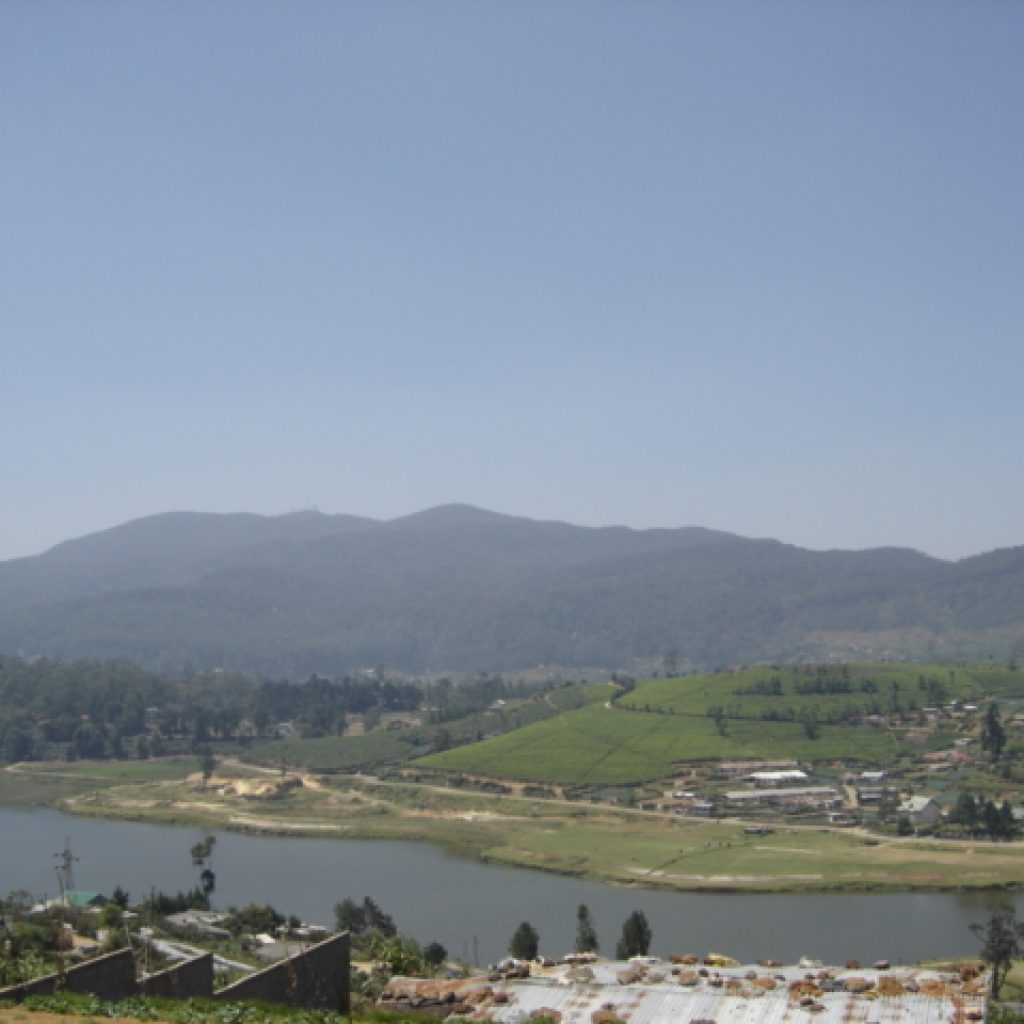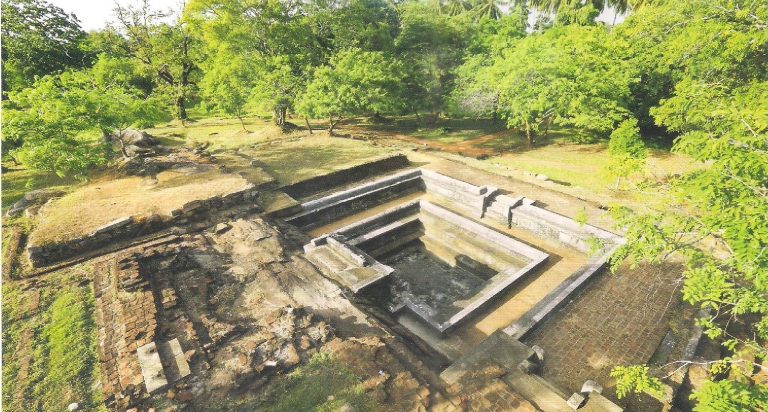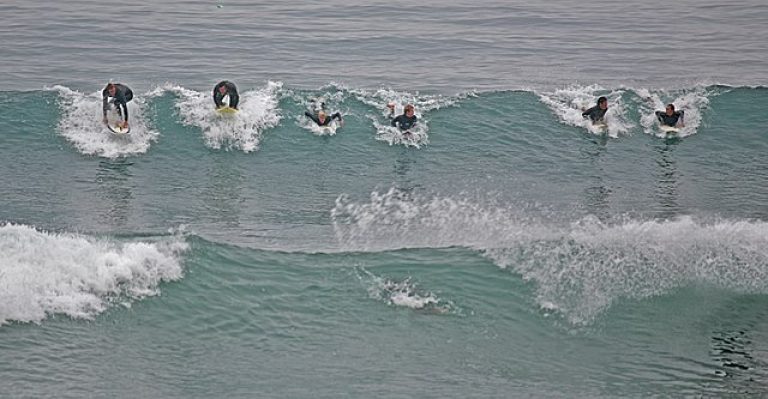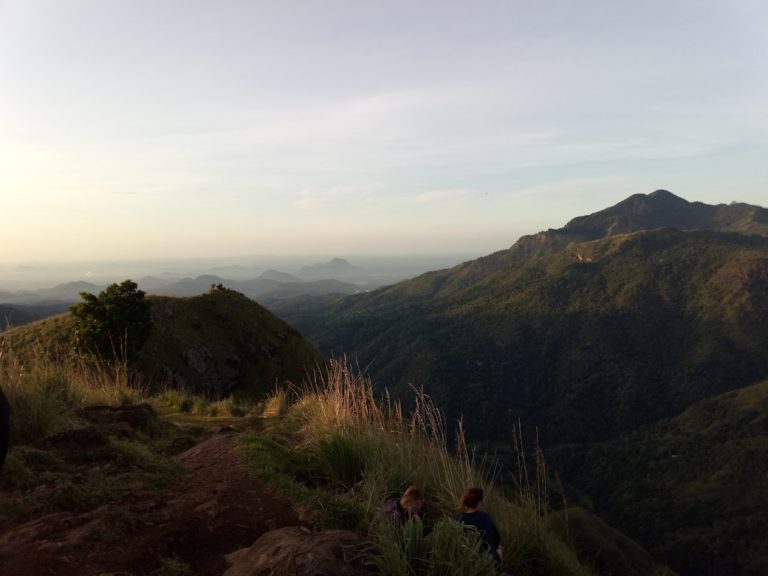Sightseeing in Nuwara Eliya either if you are passing the city or spending a couple of days there, gives the visitor an enchanting and memorable experience in the so-called town aptly named “Little England” which portrays a typical English town with the cool climate and the ever-present drizzle.
On the way
Sun dappled green hills that stretched as far as the eye could see framed one side of the road while on the other lay numerous tea estates where tea pluckers were busy deftly picking and throwing tea buds into the sack they carried. At times this all too familiar scenery gave way to patches of evergreen forests, far away lakes, waterfalls, small way side shops serving hot pol roti and plain tea and religious places, lending a charming undertone to the whole journey.
A small boy clutching a bunch of flowers in both hands and waiting patiently by the side of the road caught our eye. Rounding the next bend we saw the same boy and intrigued we stopped. Dubbed ‘flower runners’ by some, these little ones nimbly run along the slopes between roads to entice travellers into buying bouquets made of wild flowers, daisies and carnations of vibrant colours. Soon he was joined by two little girls all clamouring for us to buy flowers along with some sound advice about how to keep the flowers fresh for longer.
Leaving these young ones to their busy schedule, we proceeded on and soon reached our destination where our adventures began in earnest…
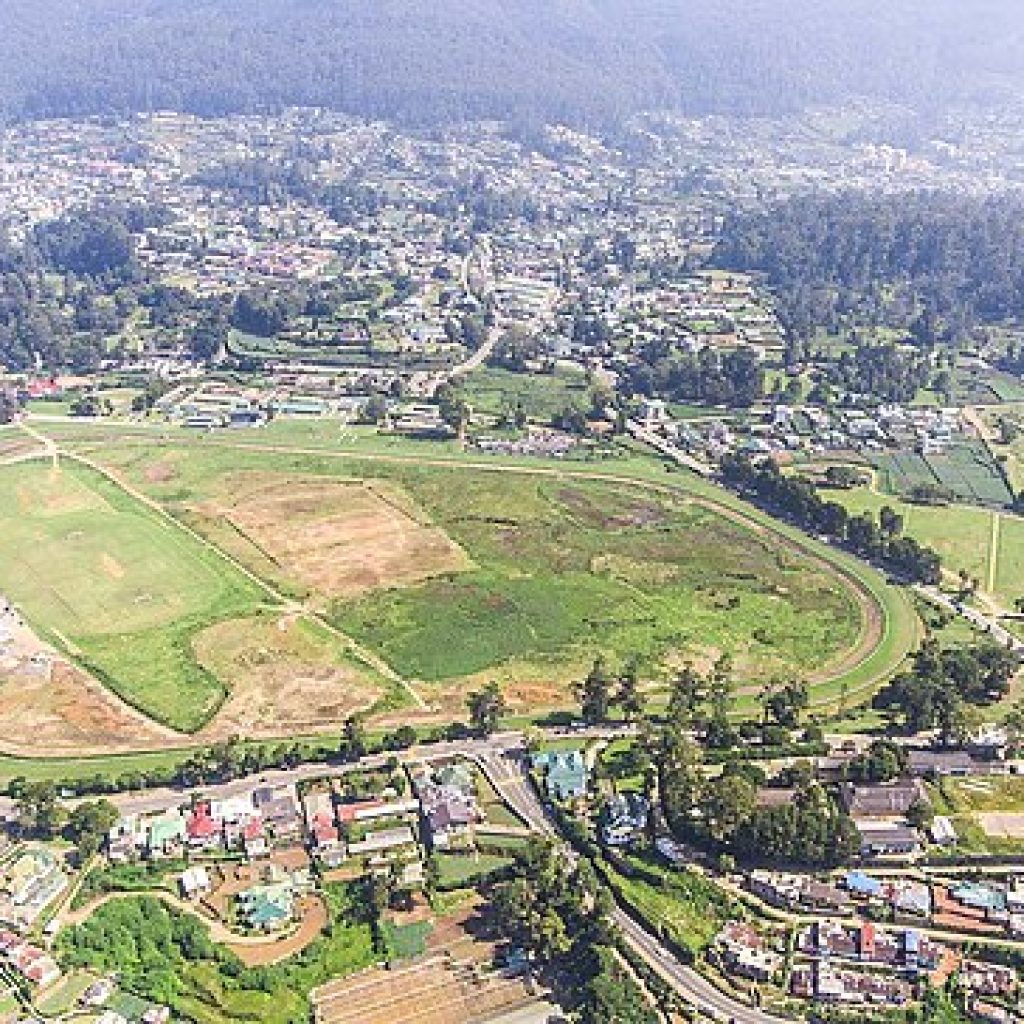
A brief History
Many assume that the history of Nuwara Eliya begins with the British colonial period, though some experts claim that the town may have a history that goes back more than 6,000 years. Part of an inscription found by the British and still preserved in the District Secretary’s office is an attestation to this fact as it is said to consist of letterings prohibiting any from entering the area.
The rediscovery of Nuwara Eliya, which stands for ‘a light to Kandy’, and the beginning of its colonisation is attributed to a surgeon by the name of Dr John Davy, who stumbled across the grassland around 1818. Afterwards from time to time Nuwara Eliya was a hunting ground, a sanatorium and holiday resort for the British, who craved a bit of home away from home in the cool climate. And with the initiation of tea plantations more and more British colonials, including Sir Edward Barnes, Governor of Ceylon (1824-1831) and Sir Samuel Baker sought to settle in Nuwara Eliya. In order to provide for the basic necessities, traders from southern Ceylon also came to the hill country, thus establishing a colony.
Colonial Buildings
One of the most iconic buildings in the town is the Grand Hotel, declared a national heritage site in the 1990s. A grand old building set amidst manicured lawns, the structure was first built by the then Governor, Edward Barnes, in the late 1820s as a holiday residence and was named Barnes Hall. After Barnes’ departure, it was rented and purchased by successive governors and planters before finally coming to the ownership of Nuwara Eliya Hotels who changed the single storey building into an elegant structure with more additions throughout the ensuing years turning the governor’s residency to an architecturally celebrated hotel.
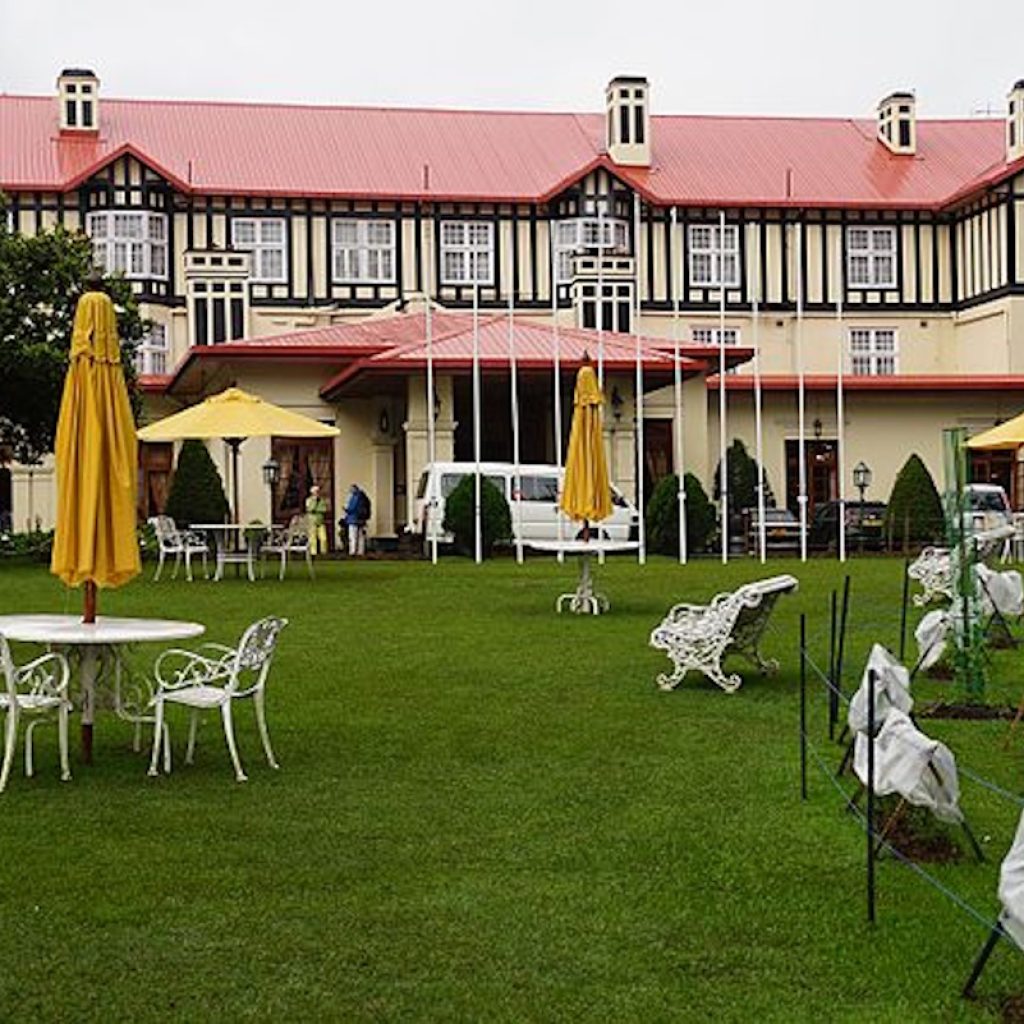
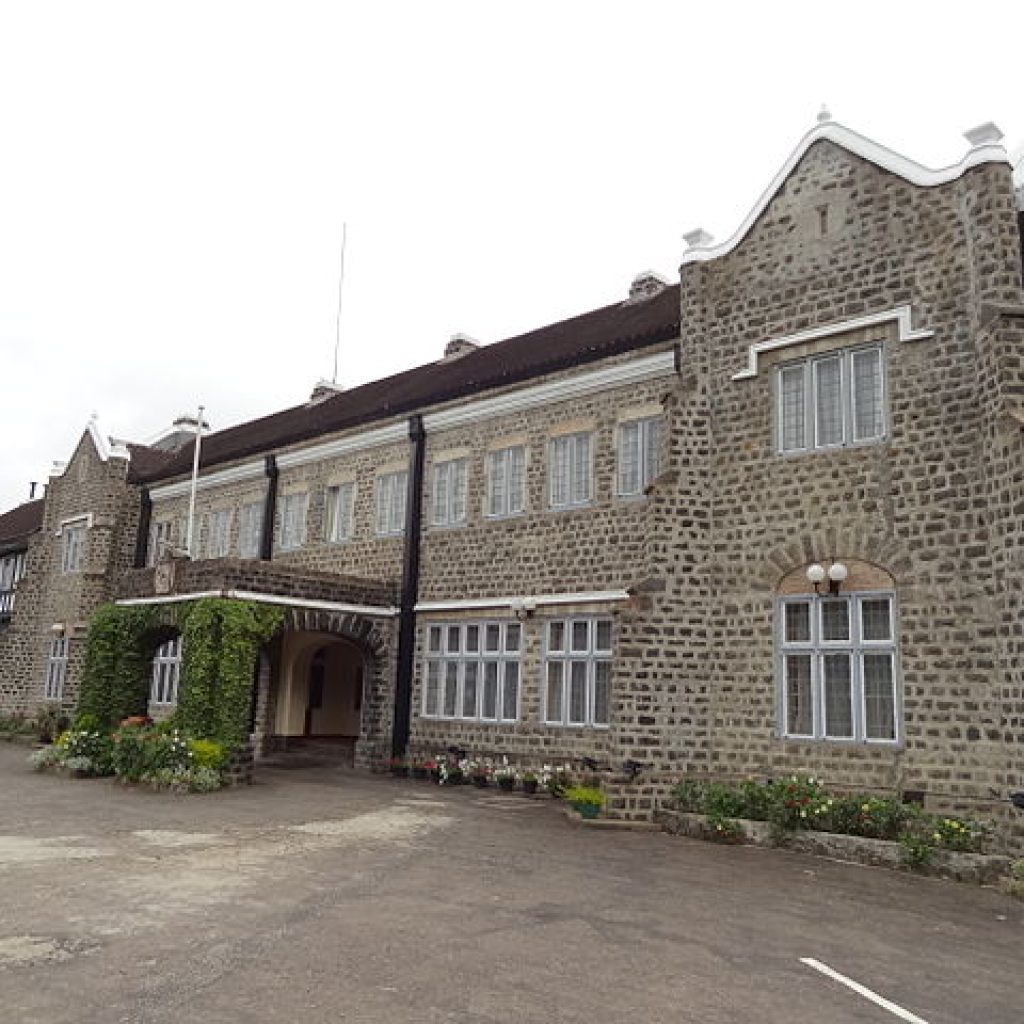
Next to the Grand Hotel is the Hill Club, built in 1876, which holds a striking contrast to the white clad Grand Hotel with its grey stoned facade. Established by coffee, cinchona and tea planters and rising two storeys, the building is surrounded by a charming garden and a walkway that leads to its grand entrance. The Queen’s Cottage nestled in the midst of an extensive green landscape stands out in its ivory grandeur and is currently the vacationing residence of the President.
Originally built as an English country house, the architecture is predominately colonial with a fair dose of sophistication and has been.the residence of countless Governors of Ceylon who came to Nuwara Eliya to escape the tropical heat of Colombo.
And if you are to step into the middle of the town, the post office with its red brick exterior is bound to capture your eye. More than 100 years old and currently under renovation, it is said to have been built in the Tudor style, and has a clock-spire rising from one side. Also in the town of Nuwara Eliya is the St Xaviers Church, initiated in 1838 with its current Structure being built during 1848. Light brown in hue, the architecture of the church follows a pattern that seems to be a recurrent theme in Nuwara Eliya, be it a new build or one that dates back to the colonial era. With its pews that continue all the way to the altar and grand interior, the church was pervaded with the spiritual essence that seems to attract many to seek the blessings of the lord. Though not a time for mass, there still were many devotees knelt in front of statues placed around the church, deep in prayer, their lips moving silently, perhaps beseeching solace.
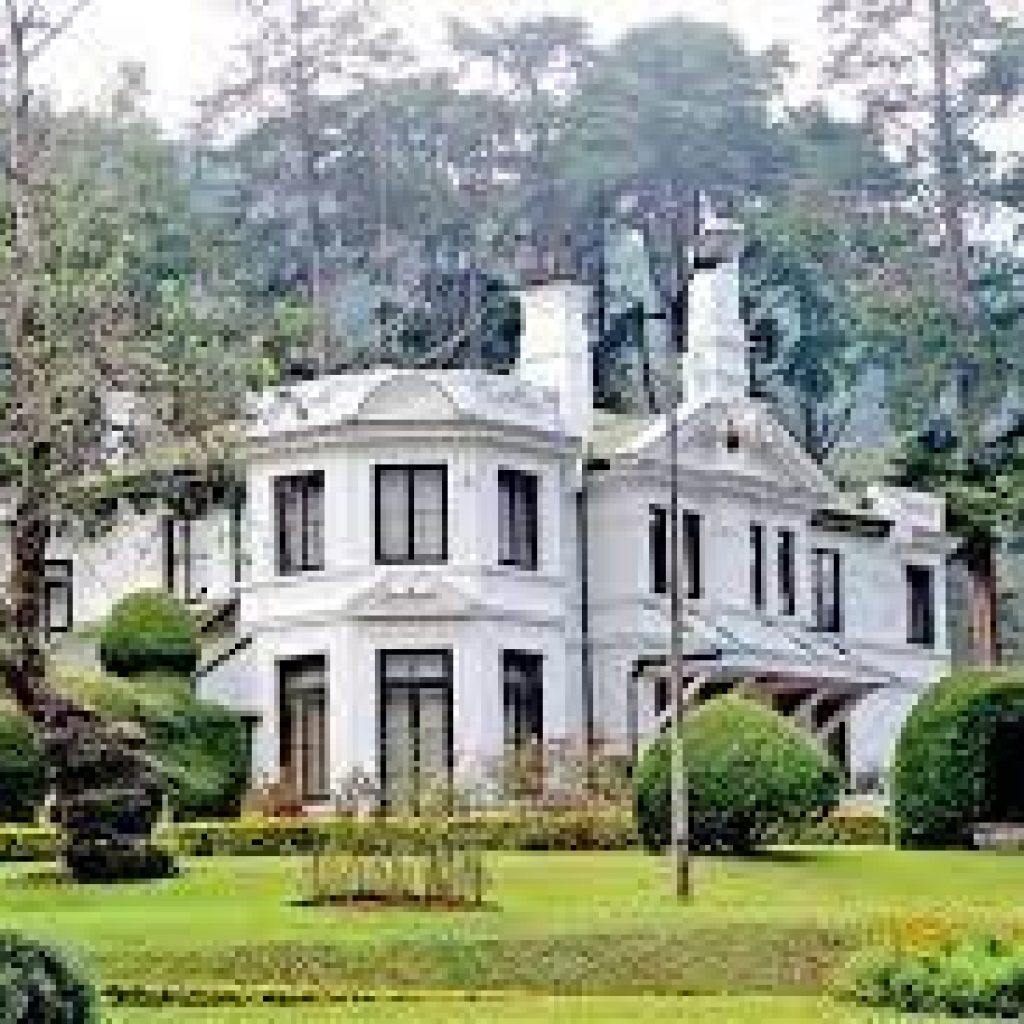
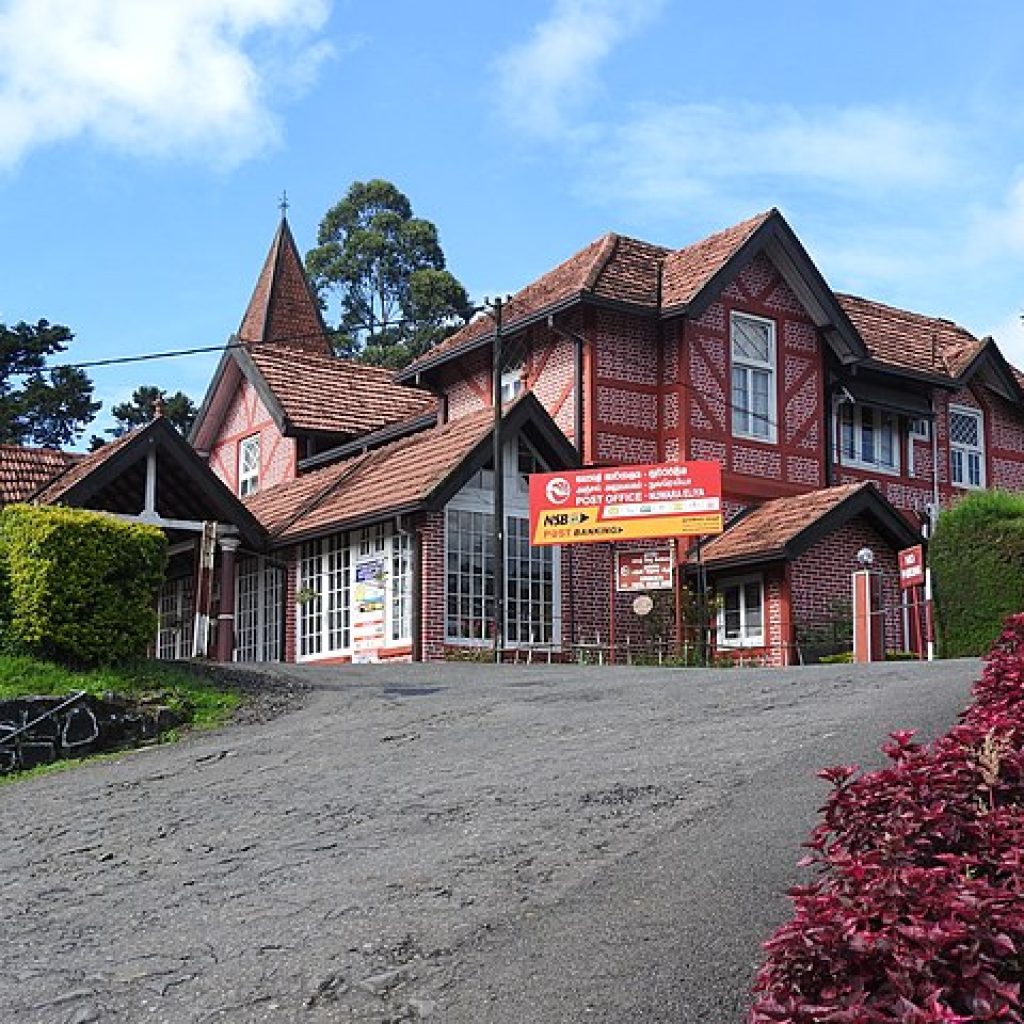
Tripping about town
The town of Nuwara Eliya is lively to say the least and as we walked about we realised we were not the only visitors to town. There seemed to be more visitors than residents swarming the streets, peering into the shops and strolling casually enjoying the many new and perhaps familiar sights. Weaving through the crowd we made a beeline for the Bale Bazaar, also known as the winter market. A small byroad located by the main road decked with the Bale Bazaar board, ushered visitors into the market and we were pleasantly surprised to see a smattering of bottle caps pressed onto the tar road at the entrance lending a deliciously artsy air. Wherever we looked, the shops were filled with winter jackets, coats—some decidedly stylish and suave, hoodies and even t-shirts and comfy yoga pants! Stepping into each of the stores, we let our hands and eyes drift through the wide array of winter-wear options while inquiring about prices. GAP, Abercrombie and Fitch, North Face and Burton along with UCLA hoodies seemed to dominate the offerings at the shops. Clearly this was the go to place for all your winter clothing needs!
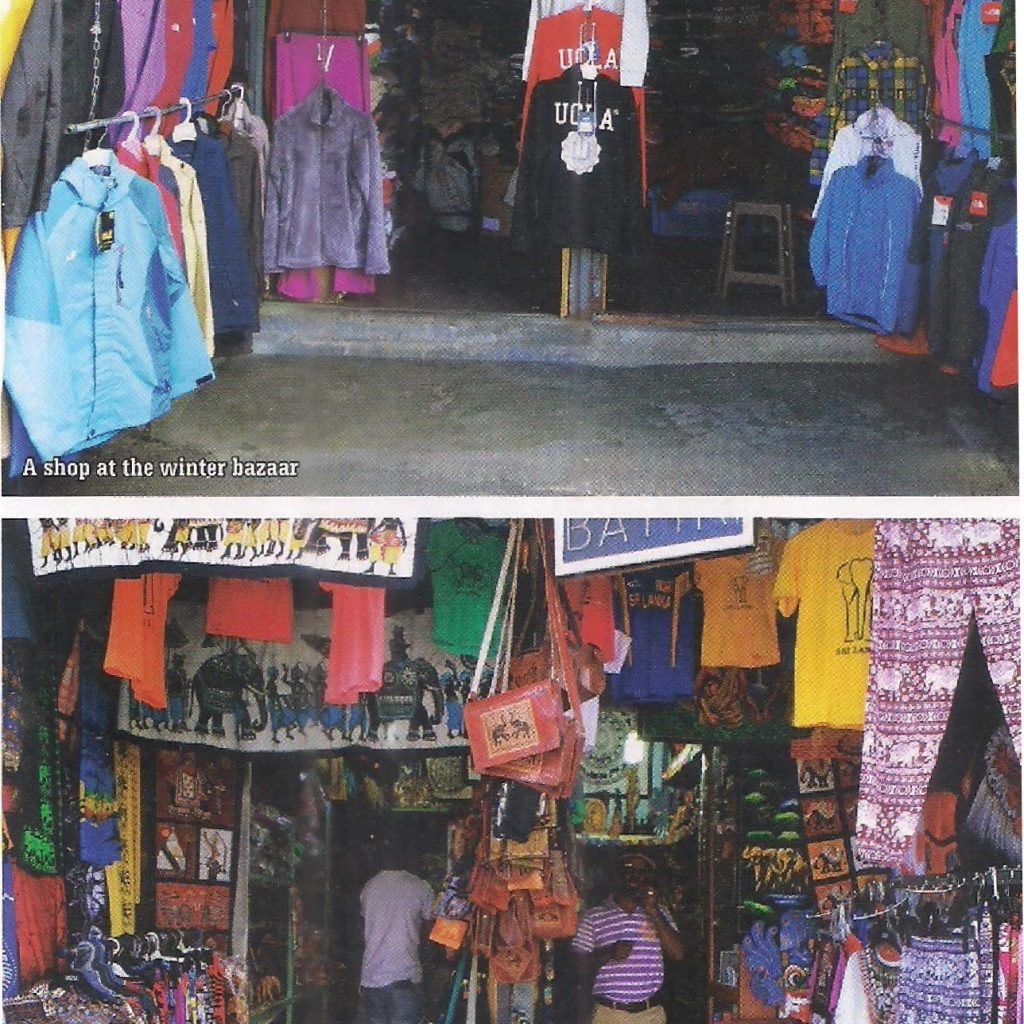
Bidding adieu to the winter market, we made our way to Victoria Park where countless visitors were flocking to make the most of the sunny day. Lawns gleaming emerald in the warm sun rays and, come April, flowers blooming in a myriad of shades will only aid to enhance to beauty of the park. The far away whistling of a train called us to the small children’s park, situated at one corner. Children seated, kicked their feet in joy in the punchi kochchiya’ (small train) as it made its way through the tiny railway track while parents watched with smiles. Back at the entrance to the park, we stepped into the museum, located to a side, which was built by Mahinda Dodampe Gamage, Mayor of Nuwara Eliya. The museum houses an interesting collection of photographs and documents depicting the early years of the town and is a treasure trove of knowledge for history buffs.
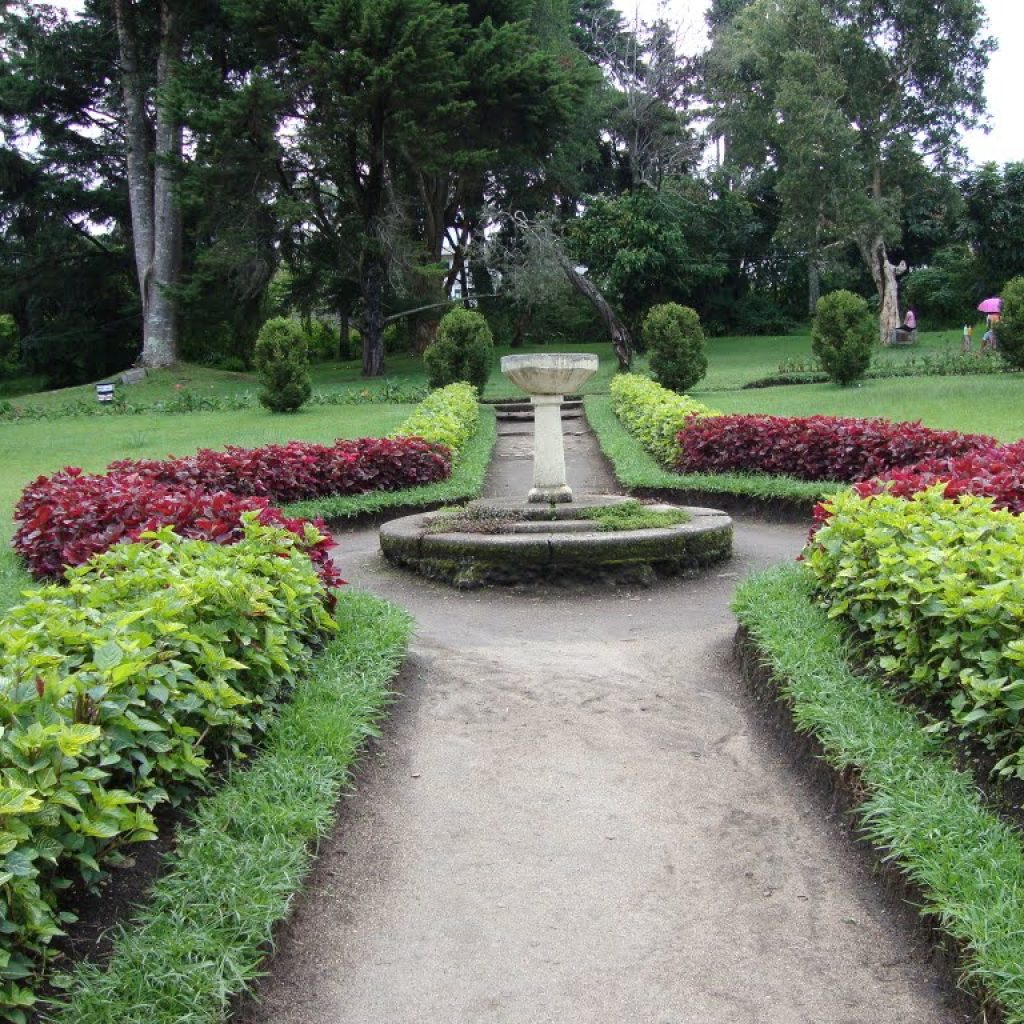
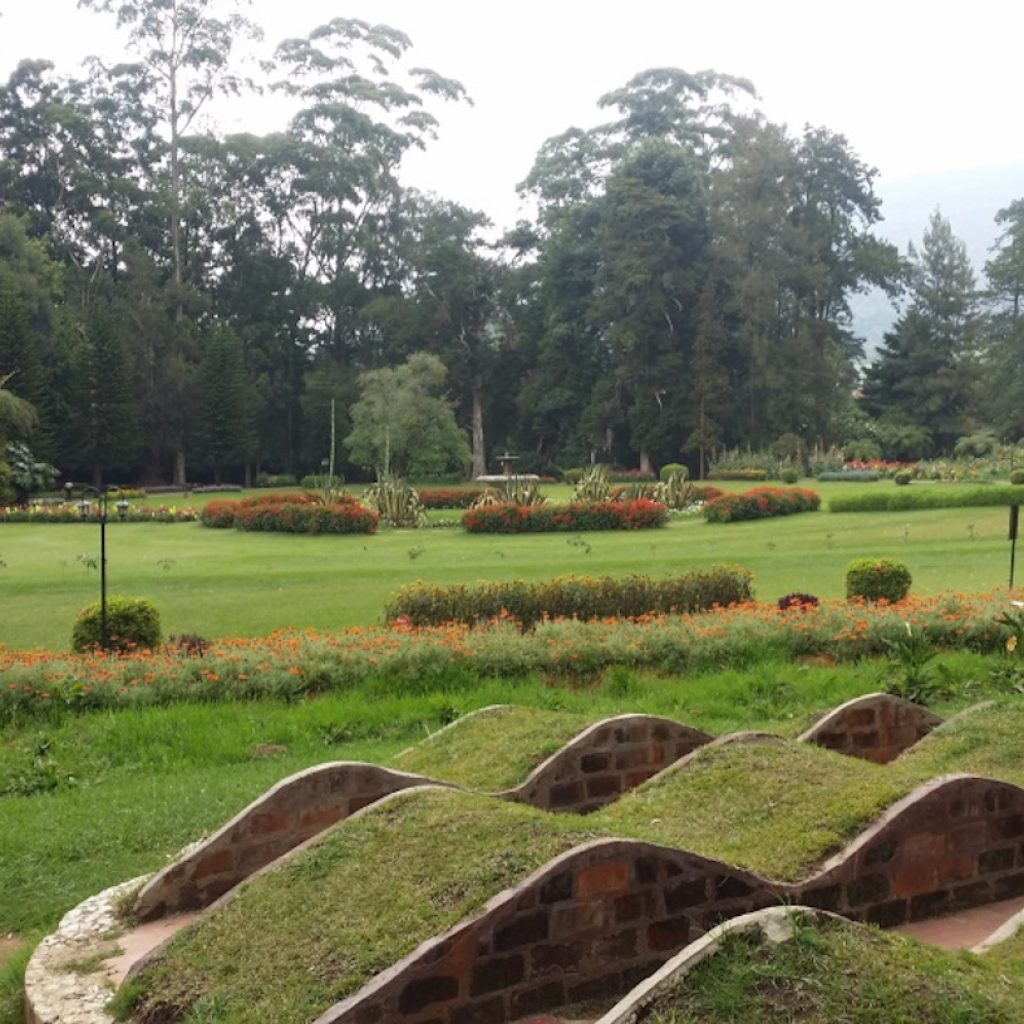
Our next stop was the Gregory Lake… The sight of the lake in the midst of green lawns and hills imparted a breathtaking picture. Clear blue skies, horses grazing peacefully, and small houses dotting the landscape made us feel as if we had stepped into another world or even a country that is not quite part of Sri Lanka. People were leisurely walking about the paved pathways that ran alongside the lake while countless others were paddling in swan boats or passenger boats in the waters. At another corner there was a lively party of school kids, who had come on a field trip, singing and dancing, enjoying the rare freedom from school books.
